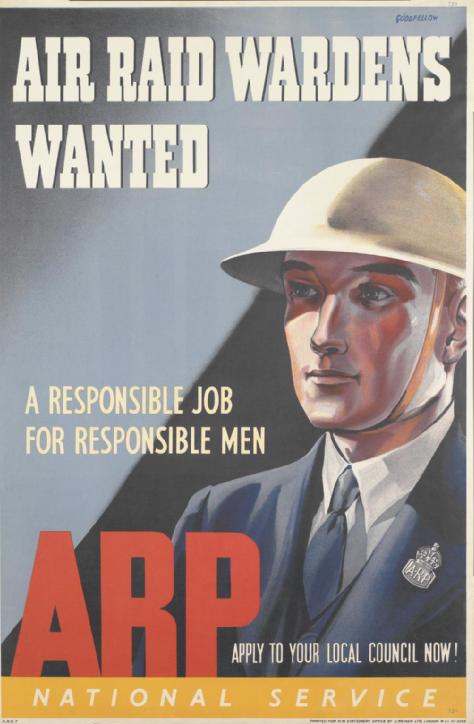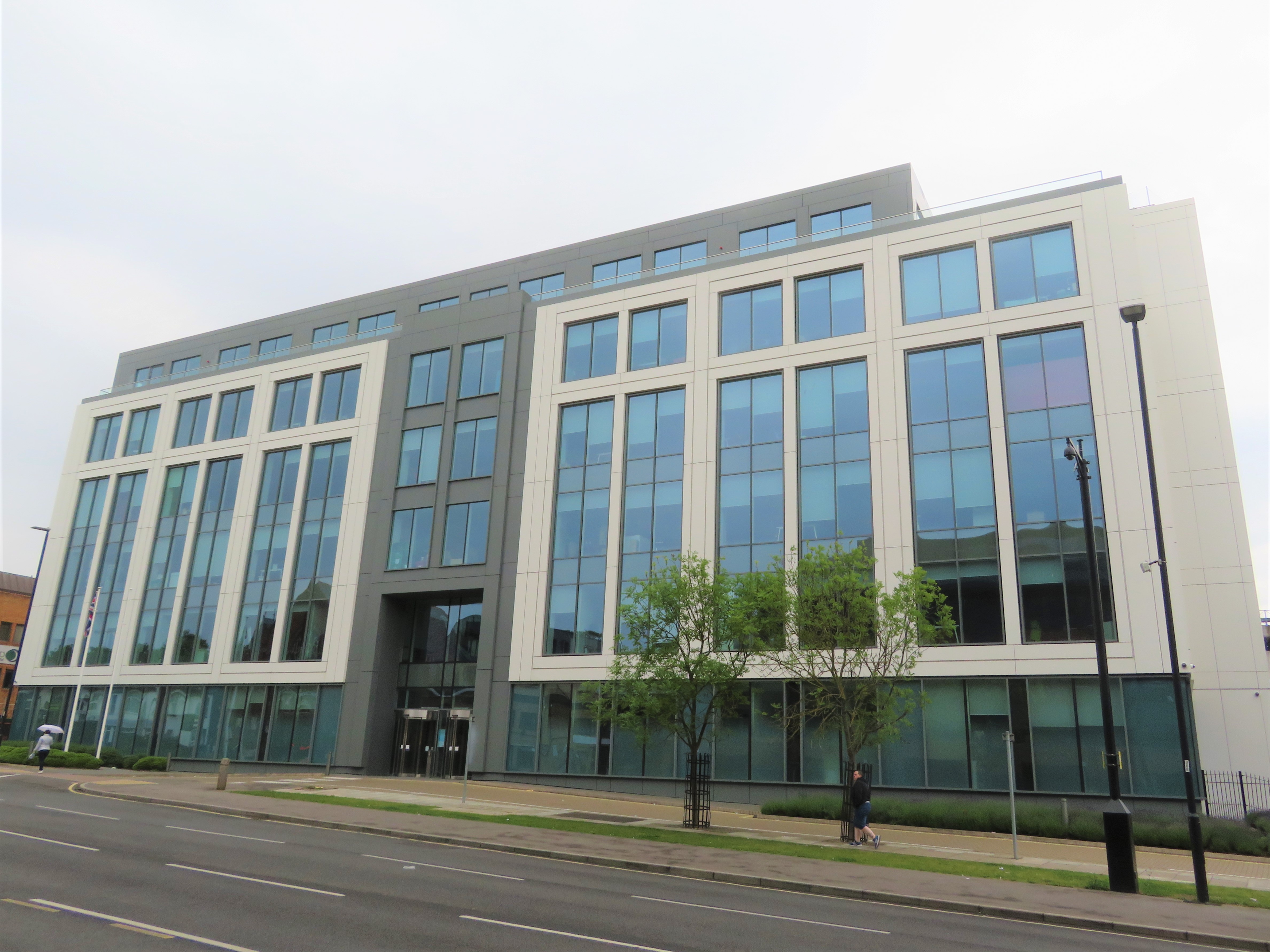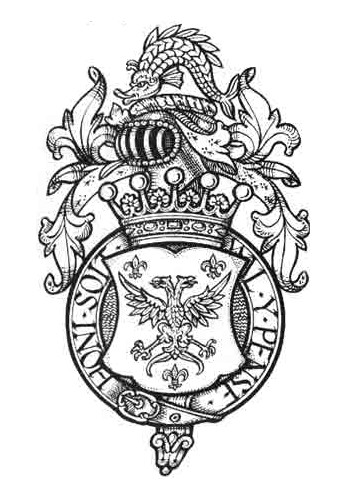|
Baylis House
Baylis House is a Grade I listed building currently operating as a hotel and business centre in Slough, Berkshire, England. It is representative of the plain Dutch style that was popular in England after post-Civil war restoration of the English monarchy in 1660. Little is known of the original building that stood on the site of the current house. In the 16th century it was recorded as the 'manor of Bailis'. It formed part of the estate of Abraham Sybells at his death in 1501. The house, which was also known as "Whitmarsh" was excepted from a 1689 settlement between Dr. Sancroft, Archbishop of Canterbury, and Sir Robert Gayer and sold to Dr. Gregory Hascard, who had become Dean of Windsor in 1684. Hascard rebuilt the house at the end of the 17th century. The designer is uncertain, but is likely to have been John James of Greenwich, Sir Christopher Wren or Hascard himself. The doctor owned Baylis House from the date of its completion in 1696 to his death in 1708 when Dr Hen ... [...More Info...] [...Related Items...] OR: [Wikipedia] [Google] [Baidu] |
Baylis House, Slough (geograph 3342544)
Baylis may refer to: Places *Baylis, Illinois, a village in Pike County, Illinois, United States * Baylis, Slough, a place in the English county of Berkshire * Baylis, the seat of Alexander Wedderburn, 1st Earl of Rosslyn near Salt Hill, Windsor where he died in 1805 *Baylis Road, a road in Lambeth, London, England * Baylis & Harding, the handwash company based in Redditch, England *Baylis Street, one of the main shopping streets in Wagga Wagga, New South Wales, Australia *Baylis Court School, a girls' school in Slough, Berkshire, England Other uses * Baylis (surname) *Baylis–Hillman reaction, a reaction of an aldehyde and an α,β-unsaturated electron-withdrawing group catalyzed by DABCO (1,4-diazabicyclo .2.2ctane) to give an allylic alcohol *Aza-Baylis–Hillman reaction The aza-Baylis–Hillman reaction or aza-BH reaction in organic chemistry is a variation of the Baylis–Hillman reaction and describes the reaction of an electron deficient alkene, usually an α,β-unsaturat ... [...More Info...] [...Related Items...] OR: [Wikipedia] [Google] [Baidu] |
Windsor Castle
Windsor Castle is a royal residence at Windsor in the English county of Berkshire. It is strongly associated with the English and succeeding British royal family, and embodies almost a millennium of architectural history. The original castle was built in the 11th century, after the Norman invasion of England by William the Conqueror. Since the time of Henry I (who reigned 1100–1135), it has been used by the reigning monarch and is the longest-occupied palace in Europe. The castle's lavish early 19th-century state apartments were described by early 20th century art historian Hugh Roberts as "a superb and unrivalled sequence of rooms widely regarded as the finest and most complete expression of later Georgian taste".Hugh Roberts, ''Options Report for Windsor Castle'', cited Nicolson, p. 79. Inside the castle walls is the 15th-century St George's Chapel, considered by the historian John Martin Robinson to be "one of the supreme achievements of English Perpe ... [...More Info...] [...Related Items...] OR: [Wikipedia] [Google] [Baidu] |
Lyndall Urwick
Lyndall Fownes Urwick (3 March 1891 – 5 December 1983) was a British management consultant and business thinker. He is recognised for integrating the ideas of earlier theorists like Henri Fayol into a comprehensive theory of management administration. He wrote an influential book called ''The Elements of Business Administration'', published in 1943. With Luther Gulick, he founded the academic journal ''Administrative Science Quarterly''. Biography Youth and military service Urwick was born in Worcestershire, the son of a partner in Fownes Brothers, a long-established glove-making firm. He was educated at Boxgrove Primary School, Repton School and New College, Oxford, where he read History. He saw active service in the trenches during the First World War, rising to the rank of Major, and being awarded the Military Cross. Though he did not himself attend the military Staff College at Camberley, his respect for military training would affect his outlook on management in ... [...More Info...] [...Related Items...] OR: [Wikipedia] [Google] [Baidu] |
Air Raid Precautions
Air Raid Precautions (ARP) refers to a number of organisations and guidelines in the United Kingdom dedicated to the protection of civilians from the danger of air raids. Government consideration for air raid precautions increased in the 1920s and 30s, with the Raid Wardens' Service set up in 1937 to report on bombing incidents. Every local council was responsible for organising ARP wardens, messengers, ambulance drivers, rescue parties, and liaison with police and fire brigades. From 1 September 1939, ARP wardens enforced the " blackout". Heavy curtains and shutters were required on all private residences, commercial premises, and factories to prevent light escaping and so making them a possible marker for enemy bombers to locate their targets. With increased enemy bombing during the Blitz, the ARP services were central in reporting and dealing with bombing incidents. They managed the air raid sirens and ensured people were directed to shelters. Women were involved in ARP servic ... [...More Info...] [...Related Items...] OR: [Wikipedia] [Google] [Baidu] |
Slough Borough Council
Slough Borough Council is the local authority for the Borough of Slough, in Berkshire, England. Slough is a unitary authority, having the powers of a county and district council combined. Berkshire is purely a ceremonial county, with no administrative responsibilities. History Slough's first local authority was the Slough Local Board, established in 1863. This became Slough Urban District Council in 1894. In 1938 the town was granted a charter of incorporation as a municipal borough, with the council then taking the name Slough Corporation. The municipal borough was abolished under the Local Government Act 1972 on 1 April 1974, and replaced by Slough Borough Council, when the town was also transferred from Buckinghamshire to Berkshire. On 1 April 1998, Slough Borough Council became a unitary authority when Berkshire County Council was abolished, taking over the county council's former functions. Governance The council has adopted the leader and cabinet form of governance. Lab ... [...More Info...] [...Related Items...] OR: [Wikipedia] [Google] [Baidu] |
George Osborne, 10th Duke Of Leeds
George Godolphin Osborne, 10th Duke of Leeds, JP (18 September 1862 – 10 May 1927), styled Earl of Danby from birth until 1872 and subsequently Marquess of Carmarthen until 1895, was a British peer and Conservative politician. Early life He was the second and oldest surviving son of The 9th Duke of Leeds and his wife, The Hon. Frances Georgiana Pitt-Rivers, daughter of The 4th Baron Rivers. Leeds was educated at Eton College and then at Trinity College, Cambridge. Career He entered the British House of Commons, as Marquess of Carmarthen, in 1887, representing Brixton until December 1895, when he succeeded his father in his titles. In his first three years as Member of Parliament (MP), Lord Carmarthen was assistant secretary to The 1st Baron Knutsford. He served as Treasurer of the Household in 1895 and 1896, and sat in the London County Council. Leeds was a Justice of the Peace for the North Riding of the County of York. He was a lieutenant in the Yorkshire Hussars and an ... [...More Info...] [...Related Items...] OR: [Wikipedia] [Google] [Baidu] |
Earl Of Rosslyn
Earl of Rosslyn is a title in the Peerage of the United Kingdom. It was created in 1801 for Alexander Wedderburn, 1st Baron Loughborough, Lord Chancellor from 1793 to 1801, with special remainder to his nephew Sir James St Clair-Erskine, as Wedderburn had no surviving issue of his own. Wedderburn had already been created Baron Loughborough, of Loughborough in the County of Leicester, in the Peerage of Great Britain in 1780, with normal remainder to the heirs male of his body, and Baron Loughborough, of Loughborough in the County of Surrey, in the Peerage of Great Britain in 1795, with the same remainder as the earldom. The 1780 barony became extinct upon his death, but the 1795 barony and the earldom passed, by the special remainder, to his nephew, who thus became the second Earl of Rosslyn. The second Earl was a Lieutenant-General in the Army and also held political office as Lord Privy Seal and Lord President of the Council. His son, the third Earl, was a General in the Army ... [...More Info...] [...Related Items...] OR: [Wikipedia] [Google] [Baidu] |
Alexander Wedderburn, 1st Earl Of Rosslyn
Alexander Wedderburn, 1st Earl of Rosslyn, PC, KC (3 February 1733 – 2 January 1805) was a Scottish lawyer and politician who sat in the House of Commons between 1761 and 1780 when he was raised to the peerage as Baron Loughborough. He served as Lord High Chancellor of Great Britain from 1793 to 1801. Life Wedderburn was the eldest son of Peter Wedderburn, Lord Chesterhall (a lord of session), and was born in East Lothian. He received his basic education at Dalkeith and at the Royal High School, Edinburgh, and matriculated at the University of Edinburgh aged 14. Though he wanted to practise at the English bar, in deference to his father's wishes he qualified as an advocate at Edinburgh, in 1754. His father was called to the bench in 1755, and for the next three years Wedderburn stuck to his practice in Edinburgh, when he employed his oratorical powers in the General Assembly of the Church of Scotland, and passed his evenings in social and argumentative clubs. In 1755 t ... [...More Info...] [...Related Items...] OR: [Wikipedia] [Google] [Baidu] |
Philip Stanhope, 4th Earl Of Chesterfield
Philip Dormer Stanhope, 4th Earl of Chesterfield, (22 September 169424 March 1773) was a British statesman, diplomat, and man of letters, and an acclaimed wit of his time. Early life He was born in London to Philip Stanhope, 3rd Earl of Chesterfield, and Lady Elizabeth Savile, and known as Lord Stanhope until the death of his father, in 1726. Following the death of his mother in 1708, Stanhope was raised mainly by his grandmother, the Marchioness of Halifax. Educated at Trinity Hall, Cambridge, he left just over a year into his studies, after focusing on languages and oration. He subsequently embarked on the Grand Tour of the Continent, to complete his education as a nobleman, by exposure to the cultural legacies of Classical antiquity and the Renaissance, and to become acquainted with his aristocratic counterparts and the polite society of Continental Europe. In the course of his post-graduate tour of Europe, the death of Queen Anne (r. 1702–1714) and the accession of ... [...More Info...] [...Related Items...] OR: [Wikipedia] [Google] [Baidu] |
Godolphin Court
Godolphin is a Cornish aristocratic family name and may refer to: * Baron Godolphin, an English title of nobility *Earl of Godolphin, an English title of nobility *Godolphin and Latymer School, an independent school for girls in London (formerly the Godolphin School) *Godolphin Arabian, an 18th-century racehorse owned by Francis Godolphin, 2nd Earl of Godolphin *Godolphin Cross, a village in southwest Britain *Godolphin Estate, a National Trust property, and former seat of the Godolphin family, situated in Godolphin Cross, United Kingdom *Godolphin Ministry, the ministry of Sidney Godolphin, 1st Earl of Godolphin *Godolphin (racing), a thoroughbred racing stable *Godolphin School, an independent boarding school for girls in Salisbury, Wilts, United Kingdom *Godolphin (novel), a novel by Edward Bulwer-Lytton published in 1833 and revised in 1840 See also * Francis Godolphin (other) * Sidney Godolphin (other) *William Godolphin (other) William Godolphin ... [...More Info...] [...Related Items...] OR: [Wikipedia] [Google] [Baidu] |
Sidney Godolphin, 1st Earl Of Godolphin
Sidney Godolphin, 1st Earl of Godolphin, (15 June 1645 – 15 September 1712) was a leading British politician of the late 17th and the early 18th centuries. He was a Privy Councillor and Secretary of State for the Northern Department before he attained real power as First Lord of the Treasury. He was instrumental in negotiating and passing the Acts of Union 1707 with Scotland, which created the Kingdom of Great Britain. He had many other roles, including that of Governor of Scilly. Family and early career He came from an ancient Cornish family as the son of Sir Francis Godolphin (1605–1667) and nephew of the poet Sidney Godolphin. At the Restoration, he was introduced into the royal household by King Charles II of England, whose favourite he had become, and he also entered the House of Commons as member for Helston, in Cornwall. Although he spoke few words before the House, they were so to the point that he "gradually acquired a reputation as its chief if not its on ... [...More Info...] [...Related Items...] OR: [Wikipedia] [Google] [Baidu] |
Henry Godolphin
Henry Godolphin (1648–1733) was a Provost of Eton College and Dean of St. Paul's Cathedral in London, a position in which he clashed with Sir Christopher Wren in the period when the new cathedral had reached the finishing touches. Life He was born at Godolphin House, Cornwall, on 15 August 1648 as the fourth son of Sir Francis Godolphin, and younger brother of Sidney Godolphin, 1st Earl of Godolphin, by Dorothy, second daughter of Sir Henry Berkeley of Yarlington, Somerset. He was admitted to Eton on 8 October 1665. He matriculated at Wadham College, Oxford on 30 August 1664, and took his B.A. in 1668. In the same year he was elected a fellow of All Souls' College, where he proceeded M.A. in 1672, and B.D. and D.D. on 11 July 1685. He was made a fellow of Eton College on 14 April 1677. By royal mandate he was nominated Provost of the college on 16 October 1695, and installed on 30 October. He was a benefactor to the college, contributing towards the expense of altering the ... [...More Info...] [...Related Items...] OR: [Wikipedia] [Google] [Baidu] |
.jpg)

.jpg)





